Summary
- Mario, Metal Gear, and Zelda successfully transitioned to 3D, leveraging their original successes.
- Final Fantasy and Grand Theft Auto evolved into 3D on PS2, expanding their worlds and gameplay.
- Metroid made an incredible 3D debut on GameCube, showcasing detailed exploration and intense gameplay.
As video games entered the bold new decade of the 1990s, new technology and next-generation hardware were shaking up the industry in some pretty significant ways. Developers were starting to take notice of emerging 3D technology, which would lead to an industry-wide shift, one that unfolded at a rapid pace and saw companies exploring just what could be done with this new style of video game. When it comes to some of today’s most popular games, a few of them had a fairly smooth transition into 3D.
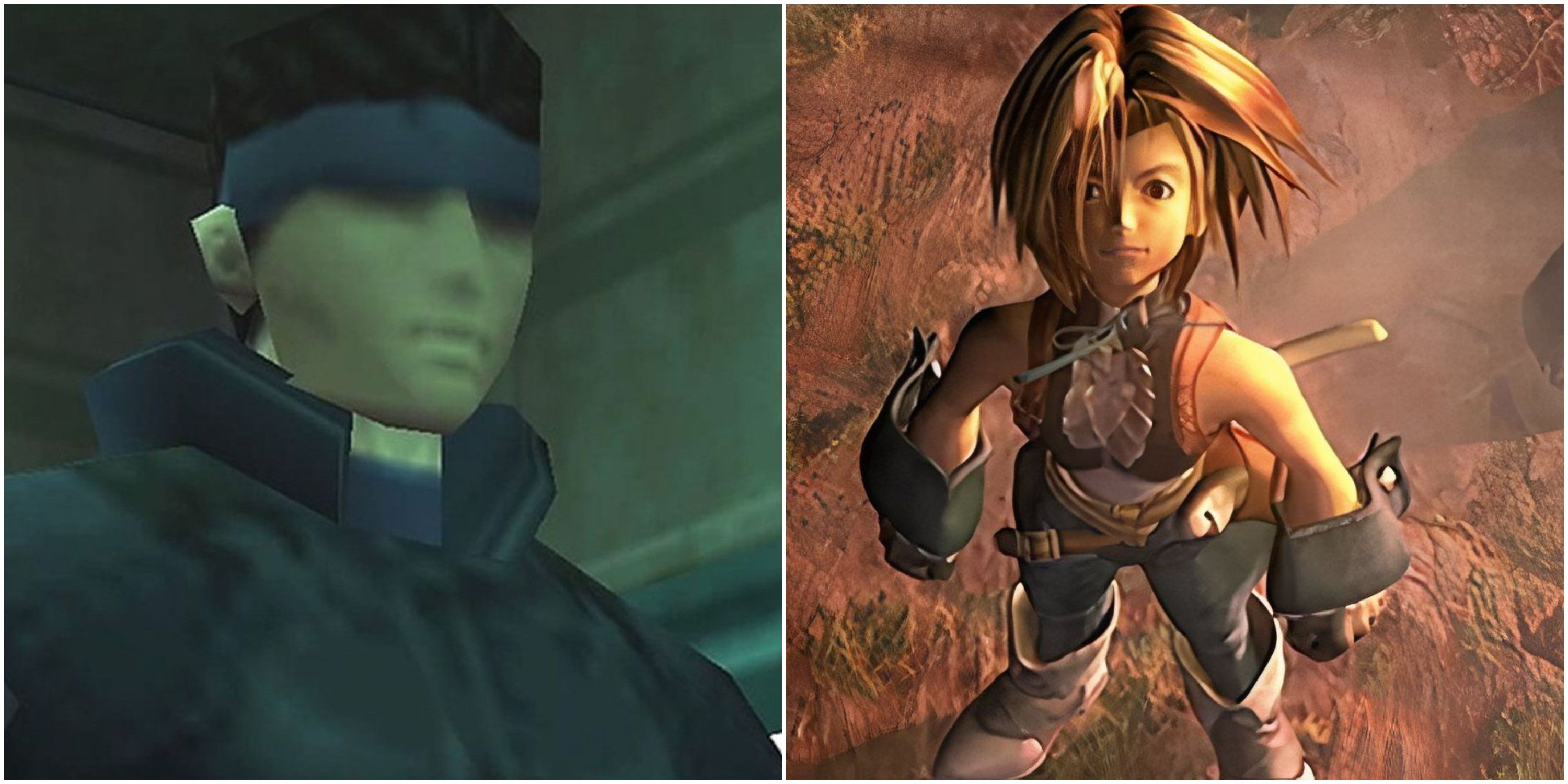
Related
8 Best PS1 Games With 3D Graphics
3D games have the ability to immerse players in their worlds, and these games on the PS1 are great examples of that.
The likes of Mario and Zelda were fairly quick to employ 3D technology, simply shifting what had made their games so successful into a new dimension. Some of these games became even more popular due to the 3D boom, as an entirely new generation of players was experiencing these properties for the first time. These are the games that were able to transition into 3D the easiest, making use of contemporary hardware to power multiple future generations of software.
8
Mario
Gaming’s Most Popular Mascot Makes A Perfect Jump Into 3D
Mario dominated video games during the 8 and 16-bit eras, starring in some of the most legendary games of the era, but with the advent of new technology, it didn’t take long for Nintendo to see the value of a 3D platformer with their star character at the helm. Developed by a team of twenty people, Super Mario 64 was one of the Nintendo 64’s most impressive games, as its large open-ended worlds and excellent platforming are still being sourced today to determine what makes a great 3D platformer.
The transition from 2D to 3D worked perfectly for the Mario franchise, as its debut on the N64 resulted in a long-running series of games in a similar style. 3D Mario games have become a staple of Nintendo’s arsenal, appearing on multiple home consoles and even handhelds, with some of his best adventures taking place on the 3DS and Switch.
Konami Brings Their Stealth-Action Franchise Into 3D With The PS1
After two terrific 2D entries on Japanese home computer systems known as the MSX and MSX-2, Metal Gear went quiet until series creator Hideo Kojima was drawn to powerful new consoles on the market, such as the 3DO and Sony PlayStation. Bringing Solid Snake out of retirement, Kojima envisioned a 3D stealth-action title that took full advantage of the new hardware available to his team. The end result was nothing short of masterful, as Metal Gear Solid launched on the PS1 in 1998.
4:23
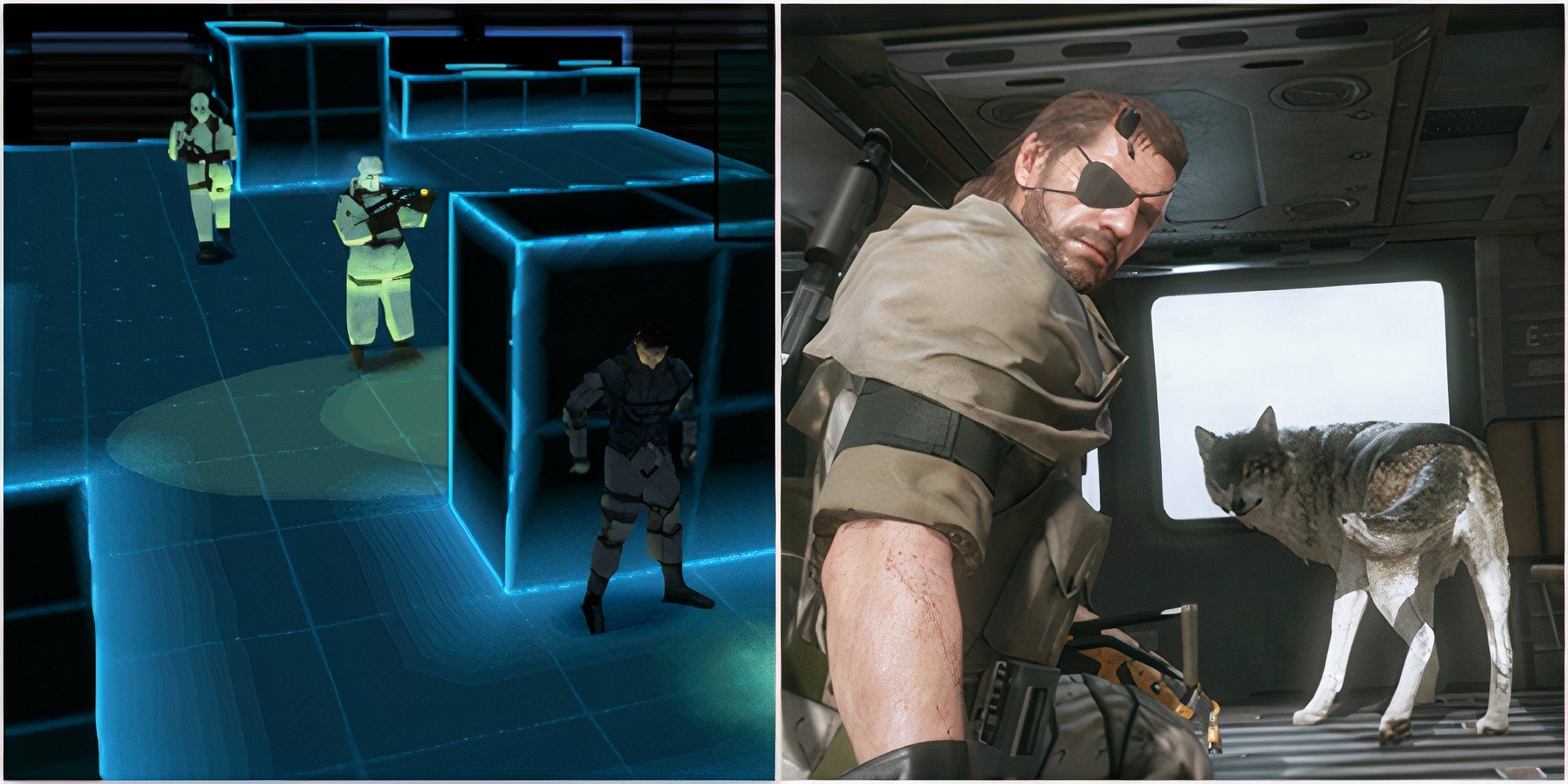
Related
6 Metal Gear Games With The Best Gameplay, Ranked
There have been a lot of Metal Gear games, but only a few stand out because of great gameplay mechanics. Here’s how they rank.
With its densely packed, intricately designed 3D world and innovative stealth gameplay, Metal Gear Solid is still one of the most technically impressive games of its generation. It didn’t skip a beat from its 2D days, as this incredible game retained all the brilliant stealth systems from those first two games and improved on them in every single way. Metal Gear Solid’s massive success would see the series become a staple in the 3D stealth genre, influencing other games like Splinter Cell and Mark of the Ninja years later.
6
The Legend Of Zelda
Hyrule Springs To Life In A Legendary N64 Release
After solidifying itself as one of the preeminent action-adventure franchises during the NES and SNES days, The Legend of Zelda was poised for even greater success with the launch of the Nintendo 64 in 1996. Beginning development on the 64DD, a disc-based add-on for the console, it was later transitioned to a normal cartridge and finally launched as The Legend of Zelda: Ocarina of Time in 1998. Backed by a massive amount of hype and pre-release frenzy, Ocarina of Time became one of the most ravenously popular games of the 1990s, and marked an absolutely flawless transition from 2D into 3D.
The world of Hyrule had never looked better, as leaving the Kokiri Forest and wandering into its large, open field was a sight to behold. Featuring a huge number of secrets, fearsome bosses, and expertly crafted dungeons, Ocarina of Time received worldwide critical acclaim and spawned even more 3D Zelda games. It would create a long-running lineage of 3D action-adventure games, as future launches of The Wind Waker, Twilight Princess, and Skyward Sword would continue the outstanding legacy that this landmark release started.
5
Ninja Gaiden
Fast-Paced Action Series Wall Runs From 2D To 3D
Ninja Gaiden (2004)
- Released
-
March 2, 2004
- Publisher(s)
-
Tecmo
First released in arcades, Ninja Gaiden was a popular series of 2D action games that eventually found its place on home consoles like the NES and Master System. However, after the release of Ninja Gaiden 3 in 1991, the series was limited to ports and re-releases, a trend that would continue until Team Ninja decided to bring series star Ryu Hayabusa back into the spotlight in 2004. Known simply as Ninja Gaiden, this prequel detailed Ryu’s quest to retrieve the Dark Dragon Blade from the wrong hands, as well as establishing that the franchise shared a universe with Dead or Alive.
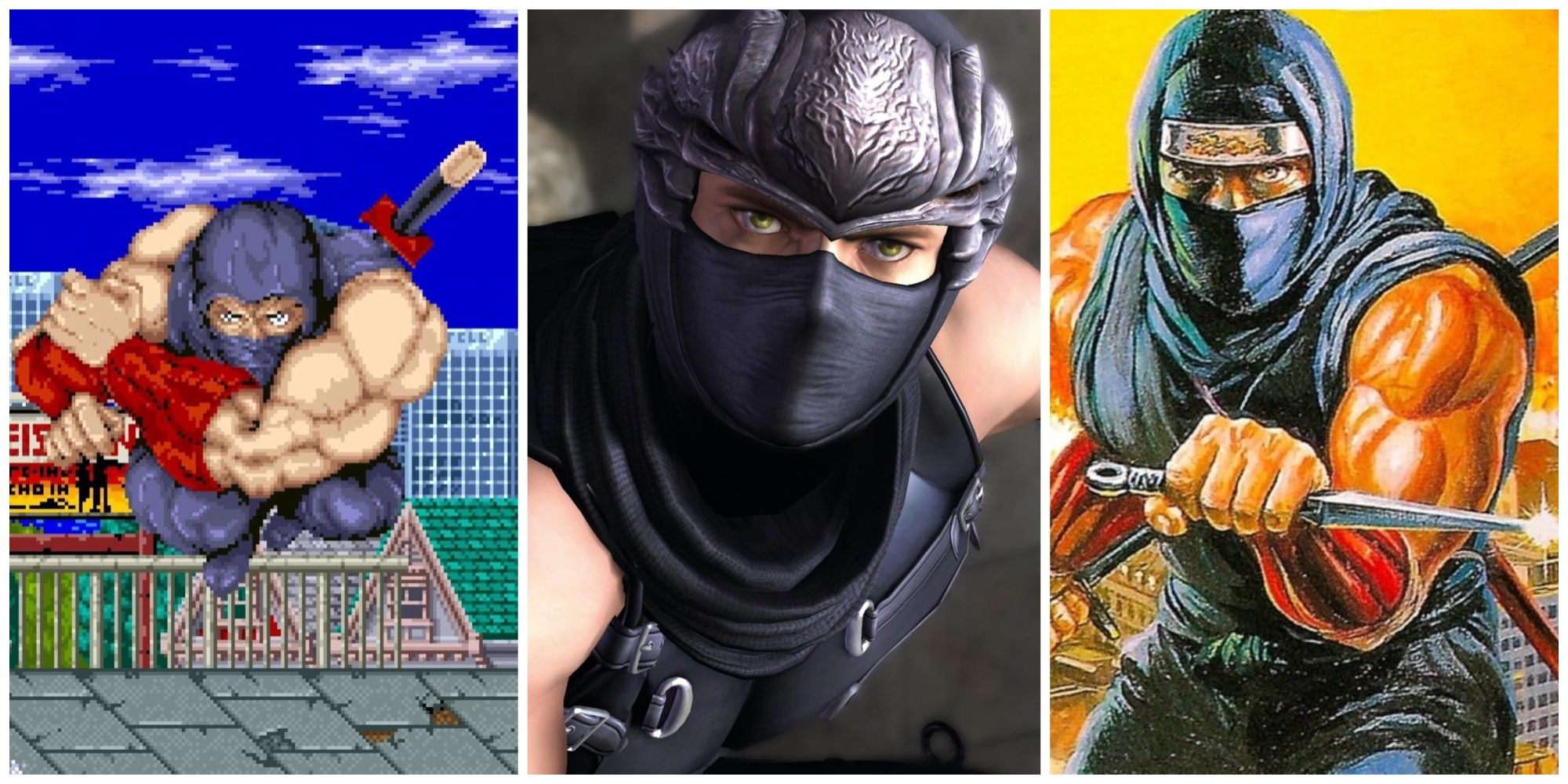
Related
Best Ninja Gaiden Games, Ranked
The Ninja Gaiden series paved the way for some remarkable games; here are the best ones to come from the franchise.
This fast-paced, high-energy action game felt like a natural progression of the 2D games, bringing all the chaotic energy and brutal difficulty with it. Ninja Gaiden is still one of the best action games of its generation, translating Ryu from his 2D era into a time of dominance in the genre. Two sequels were also produced, and the whole trilogy was recently remastered for all modern hardware, proving the longevity of this classic sixth-generation action masterpiece.
4
Fallout
The Post-Apocalyptic RPG Makes A Dynamic 3D Debut
- Released
-
October 28, 2008
- Developer(s)
-
Bethesda Game Studios
- Publisher(s)
-
Bethesda Softworks
Black Isle Studios, the original developers of the first two Fallout games, were deep into production on a third game called Van Buren before Interplay sold the series rights to Bethesda Softworks. The legendary developers of the Elder Scrolls franchise immediately went to work, translating the top-down 2D exploration of a post-apocalyptic wasteland into a fully 3D first-person RPG in the form of Fallout 3.
Making the most of what they had, Bethesda used their unmatched skill at open-world design to bring Fallout to life in a way it had never been before. Fallout 3 was an absolutely astounding achievement, keeping the series’ trademark dark humor and off-kilter worldview as players took control of a survivor on the hunt for their missing father. Fallout 3 would solidify the franchise as one of Bethesda’s most important properties and would spawn multiple sequels and spin-offs.
3
Final Fantasy
The PS2 Powers Final Fantasy Into 3D
For its first six entries, Final Fantasy was just like every other JRPG on the market, using expressive sprite art and expertly designed tile sets to create a unique world. Despite using 3D models superimposed over 2D pre-rendered backgrounds for the PS1 era, it was still ultimately a 2D experience, but that all changed in October 2000 when Sony released the PlayStation 2. Just one year later, this long-running franchise would shatter its 2D limitations by producing its first fully 3D game in the form of Final Fantasy 10.
3:31
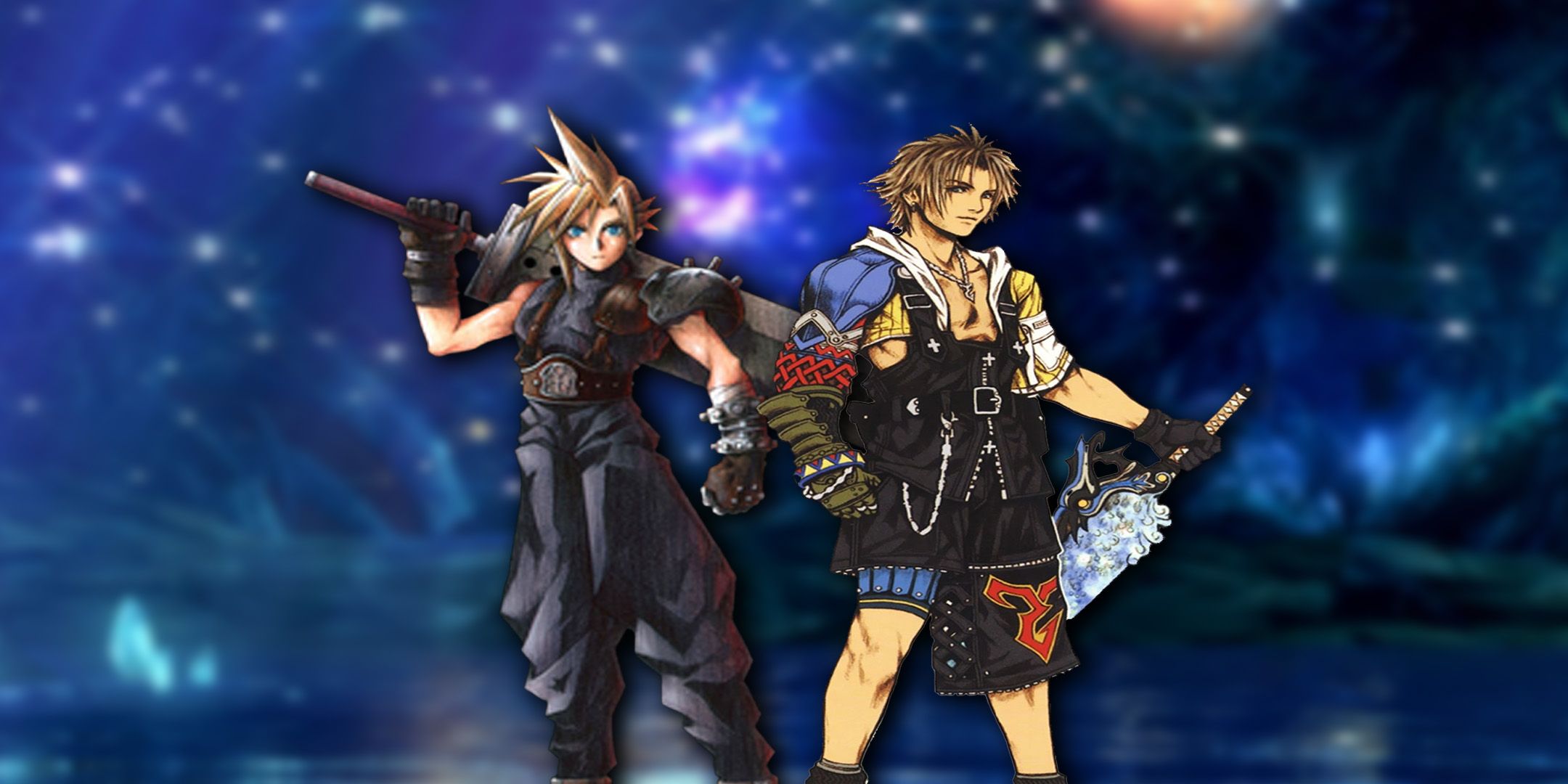
Related
Best Final Fantasy Games of All Time
Both in terms of sales and impact, Final Fantasy has been a staple of the industry for over three and a half decades.
Featuring a lush, gorgeous 3D world inspired by the architecture and mythology of Polynesia and Southeast Asia, Final Fantasy 10 was one of the PS2’s most anticipated games, and thankfully, it was well worth the wait. This remarkable JRPG effortlessly took everything that made the 2D Final Fantasy games great and made them even better. The combat system, music, beautiful world design, and cast of charming characters all felt like a classic Final Fantasy game, just in 3D. The combination of voice acting, a first for the series, and mesmerizing CG cutscenes was a slam dunk and was further proof that Square was one of the industry’s leading innovators.
2
Grand Theft Auto
The Open-World Crime Series Astounds On The PS2
- Released
-
October 23, 2001
While the original Grand Theft Auto games were noted for their unique open-world nature and dark, mature storytelling, they received middling critical reception and were largely seen as a novelty. However, when it came time to bring the series to next-gen platforms, Rockstar sought to expand the scope of their open-world crime tale, as Grand Theft Auto 3 launched on the PS2 in October 2001 and changed not just the course of GTA, but the entire industry.
Grand Theft Auto 3 took the two top-down 2D games that preceded it, then dropped the camera to street level and focused on its lead, the quiet anti-hero Claude. All the elements that made the first two games so much fun, from the high-speed car chases to the freedom that its chaotic open world allowed for, were jacked up to the nth degree. GTA 3 is still one of the most influential games of all time, as it ultimately created an entire genre and went on to be a major pillar of one of the most successful franchises in the world.
1
Metroid
Samus Aran Makes An Incredible 3D Debut On GameCube
Although Super Metroid was a critical and financial success, Nintendo found themselves unable to capitalize on that and couldn’t come up with a satisfactory concept for an N64 adventure for Samus Aran. She wound up on ice for eight long years, but with the release of the GameCube, and with development handed over to Retro Studios, it was finally time for the intergalactic bounty hunter to return. When she did, it was with what many still consider the greatest GameCube game of all time and a lock for one of the industry’s all-time greats.
If one looks at all the aspects that make the franchise great, from the detailed exploration all the way to the intense shooting gameplay, it’s easy to see that Metroid Prime achieved all that and then some. The isolated, lonely feeling of the older games is tenfold here, as Tallon 4 is filled with dangerous enemies and a feeling of dread that haunts the player all the way to the end. Metroid Prime was a flawless continuation of the franchise, as it showed immense respect for what the franchise had already done, but was keen to reinvent it for contemporary audiences in the most perfect way.
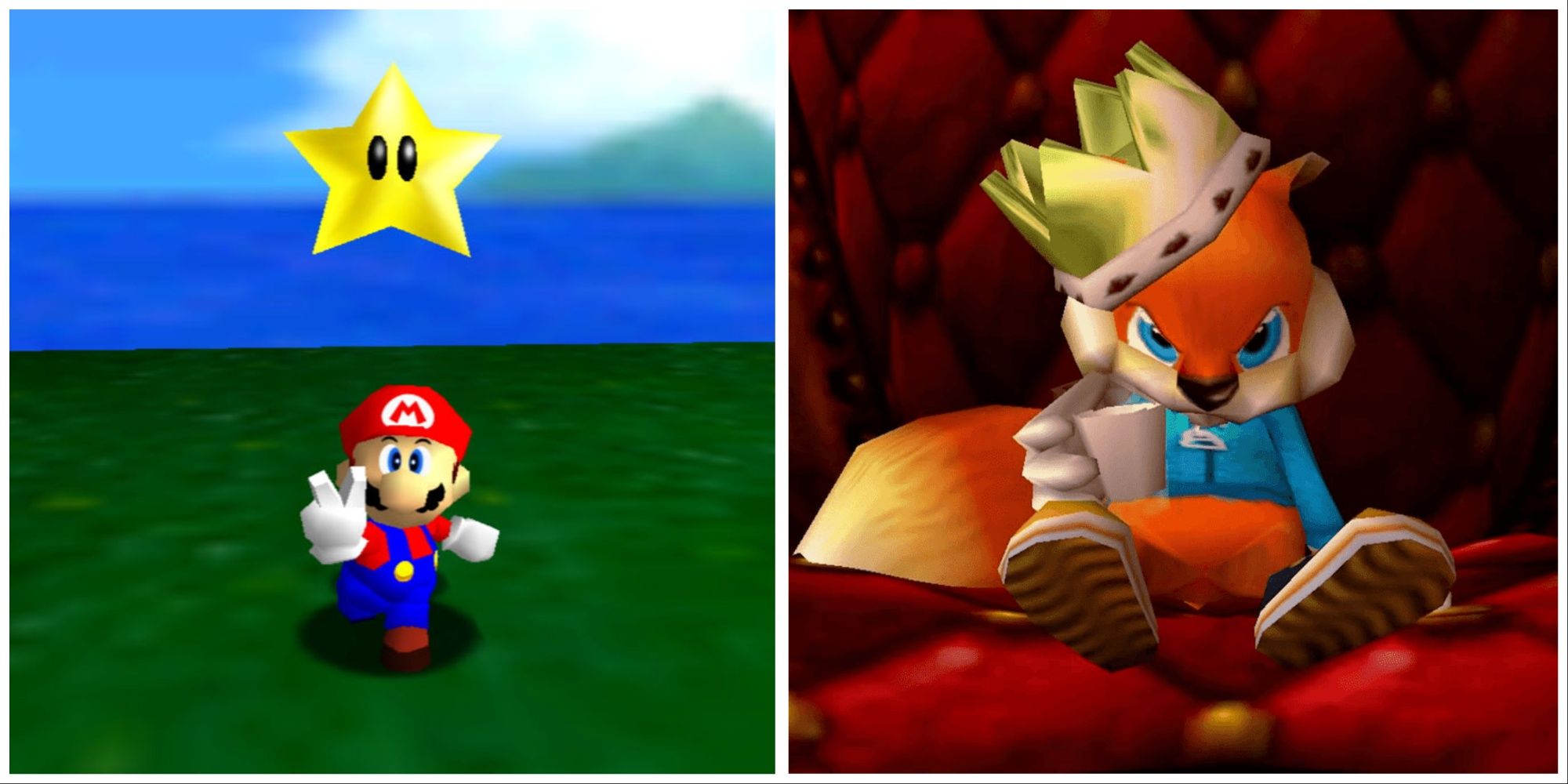
More
8 Best 3D Nintendo 64 Platformers, Ranked
The Nintendo 64 was a pioneer of 3D gaming, and many of the console’s classic platforming games are still a joy to play today.
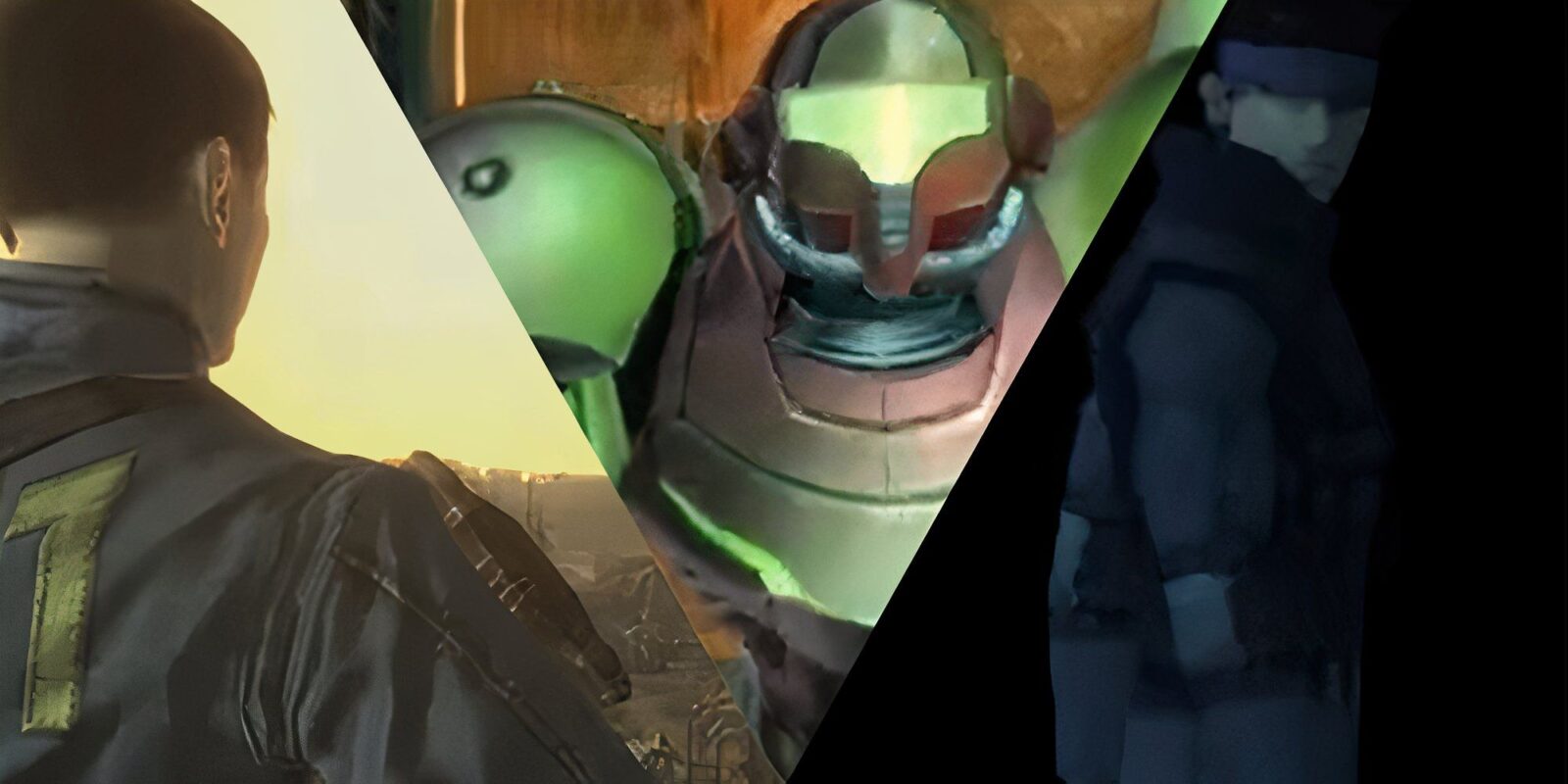
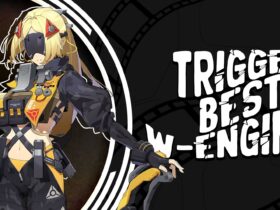
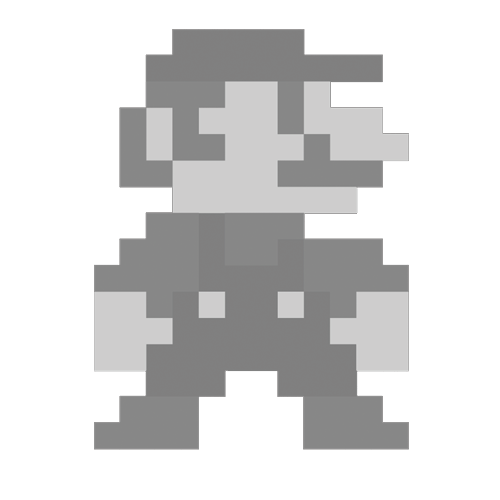










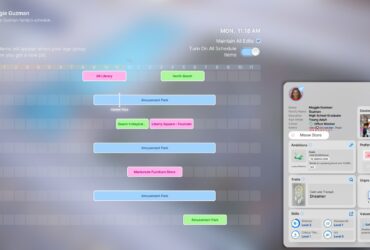

Leave a Reply